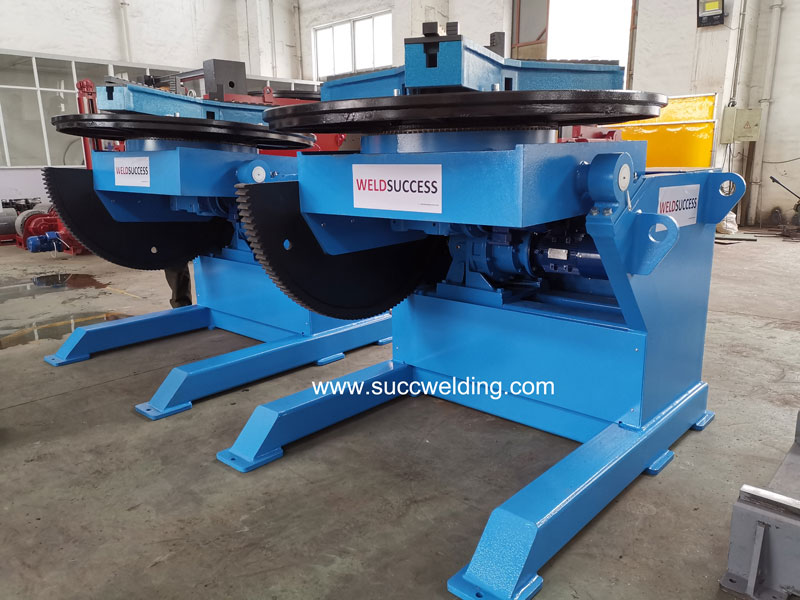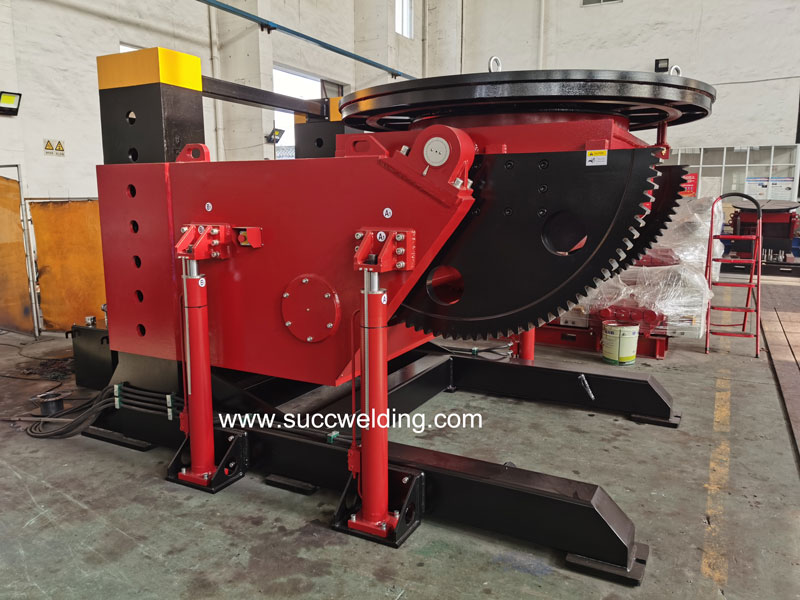Welding positioners are essential tools in modern welding operations, used to hold, position, and manipulate workpieces during the welding process. These devices are available in a range of types and sizes, each designed to meet specific welding requirements. In this article, we will explore the classification and performance of welding positioners.
Classification of Welding Positioners
Welding positioners can be classified based on their mechanism of operation, with the two main types being active and passive.
Active Welding Positioners
Active welding positioners are equipped with a motor or other actuator that allows for the precise manipulation of the workpiece. These positioners are typically programmable and can be used for a wide range of welding applications, including spot welding, arc welding, and laser welding. Active positioners also offer a high level of accuracy and repeatability, making them suitable for high-volume production environments.
Passive Welding Positioners
Passive welding positioners, on the other hand, do not require a motor or actuator to position the workpiece. These devices are typically designed to work with specific pieces of welding equipment or specific types of welding operations, such as gas tungsten arc welding (GTAW) or plasma arc welding (PAW). Passive positioners are generally less expensive than active positioners and are suitable for lower-volume production or hobbyist applications.
Performance Considerations for Welding Positioners
When selecting a welding positioner, it is important to consider its performance characteristics, including its repeatability, accuracy, load capacity, and speed of operation.
Repeatability
Repeatability refers to a positioner’s ability to repeatedly hold and position workpieces to the same tolerance. High-quality positioners will offer repeatable positioning within a few micrometers, ensuring consistent welding results.
Accuracy
Accuracy refers to the ability of a positioner to accurately position workpieces within a given tolerance range. When accuracy is crucial, such as in critical welding operations, it is important to select a positioner with high positional accuracy and repeatability.
Load Capacity
Load capacity refers to a positioner’s ability to handle different weights and sizes of workpieces. When selecting a positioner, it is important to consider its load capacity and ensure it is suitable for the expected range of workpiece sizes and weights.
Speed of Operation
Speed of operation refers to the speed at which a positioner can move and position workpieces. In high-volume production environments, speed is an important consideration. Selecting a high-speed positioner can significantly reduce cycle times and increase productivity. However, it is important to balance speed with accuracy and repeatability to ensure quality welding results.
Selecting the right welding positioner for your specific application requires understanding your welding needs and matching them with the appropriate device based on performance considerations such as repeatability, accuracy, load capacity, and speed of operation.
Post time: Oct-18-2023




